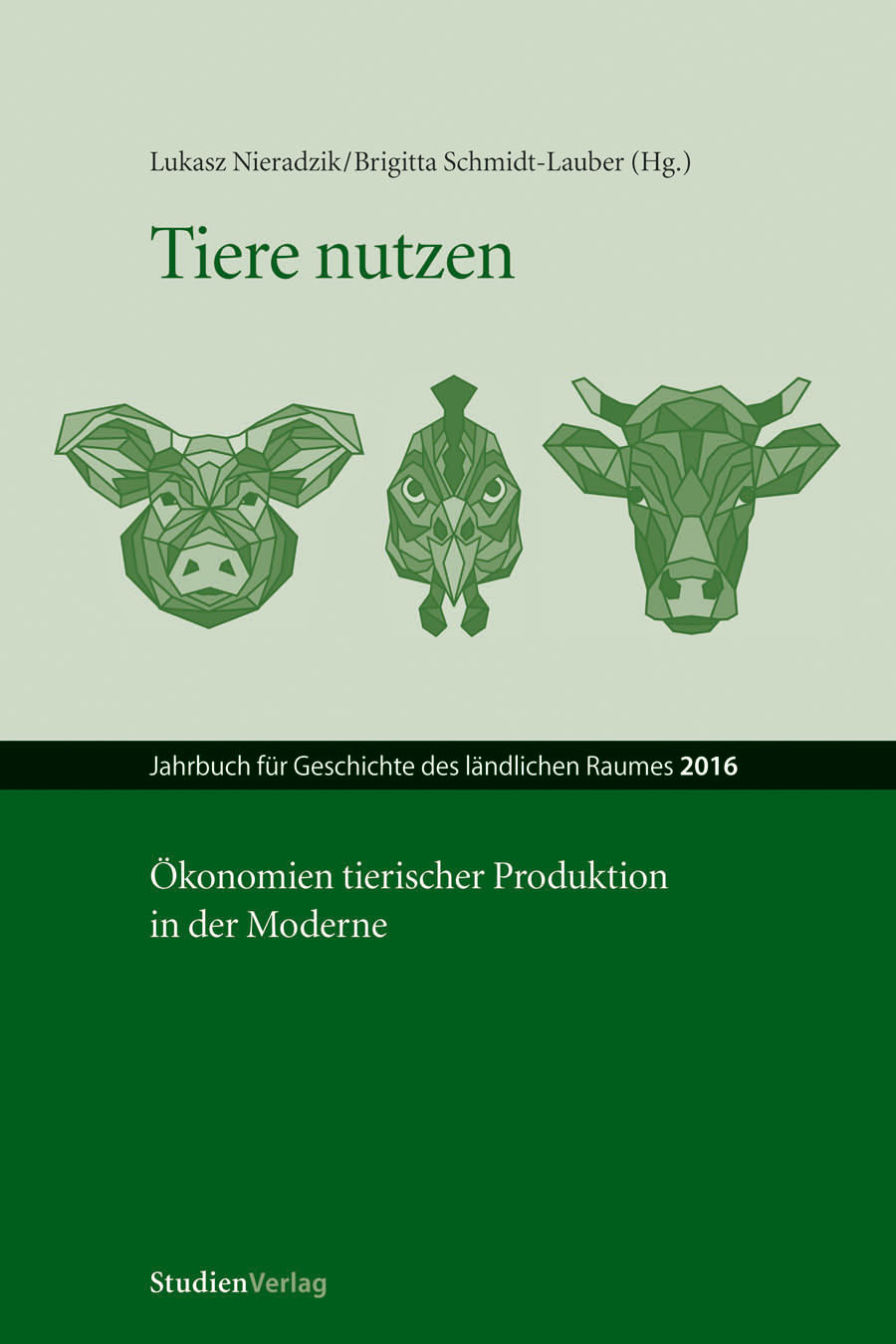Vom Mistkratzer zum Spitzenleger
Stationen der bundesdeutschen Geflügelwirtschaft 1948–1980
DOI:
https://doi.org/10.25365/rhy-2016-10Abstract
This article examines the development of intensive livestock farming between 1948 and 1980 using the West German poultry industry as an example to show how human-livestock-relations and rural working culture changed over the course of three decades. In this framework, chicken assume the role of pioneers in a double sense: On the one hand the first form of intensification of animal farming was studied for laying hens. New modes of automation, mechanization and specialization were developed and spread to other livestock production areas. On the other hand, criticism of intensive animal livestock farming first came up in the debate on battery farming in the 1970s and focused on animal-ethical aspects. This article provides an inside perspective of the German poultry economy using their central association’s own magazine. By investigating the industry’s self-legitimation strategies inherent to its self-representation in the magazine and by examining its interactions with historical and cultural influences, new light is shed on the introduction of intensive farming.


